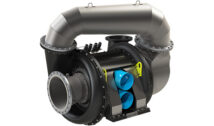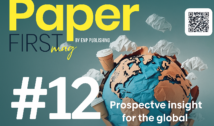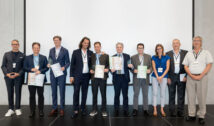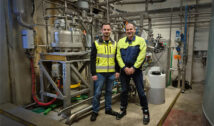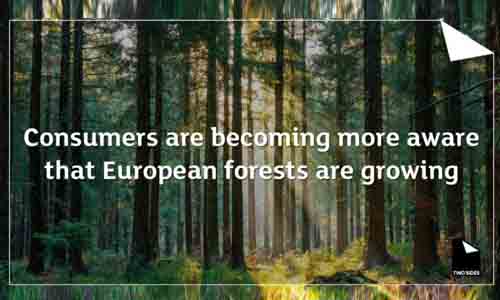
The paper industry suffers from an environmental perception problem, but it is improving
The latest research report from Two Sides Europe, the ‘Trend Tracker Survey 2023’, seeks to understand changing consumer perceptions towards print, paper, paper packaging and tissue products. This unique insight into consumer attitudes towards one of the world’s oldest and universally used materials is repeated biennially to monitor and report upon evolving consumer perceptions as environmental awareness intensifies and alternative digital channels of communication become more prevalent.
Results of the 2023 study show clearly that, whilst paper retains its place as a vital communication and packaging material, there remain misconceptions about the environmental impact of the paper industry.
Consumers are not aware that European forests are growing
The 2023 study found that consumers still perceive forests are decreasing in size, with 60% believing European forests are shrinking, although this number has improved since 2021 from 64%. The number of consumers who understand European forests are actually growing in size has improved to 15% in 2023 compared to 10% in 2021. It shows that consumers are becoming more aware of these facts within the myths that surround the paper industry. The truth is, European forests are growing in size and between 2005 and 2020, grew by an impressive 58,390km² – an area larger than Switzerland and the equivalent to 1,500 football pitches of forest growth every day.[1]
The survey also showed regional differences in understanding:
- Italy has the highest number of consumers (71%) who believe European forests are reducing in size.
- Finland has the lowest number of consumers (48%) who believe European forests are reducing in size.
- Denmark has the highest number of consumers (24%) who believe European forests are growing.
- Only 9% of UK consumers believe that European forests are growing.
- In the UK, there has been a shift in the way 18-24 year olds (Gen Z) think. In 2021, they had the highest belief that forests are shrinking (69%) whereas, in 2023, they had the lowest belief that forests are shrinking (44%). Likewise, this age group has the highest number of consumers who believe European forests are growing (31%).
Paper and paper packaging’s high recycling rates are not understood by consumers
Another common misconception about paper is the amount that is recycled. The survey found that only 18% of European consumers understood that the paper recycling rate exceeds 60%. Again, this has improved slightly from 2021 when it was 16%.
The survey showed that 41% of European consumers believe that paper and paper packaging is wasteful. In reality, Europe’s paper recycling rate is currently 74%, with paper packaging even higher at 83%.[2]
- In 2020, a total of 56 million tonnes of paper was collected and recycled in Europe.[2]
- Belgium has the highest number of consumers (26%) who believe the European recycling rate exceeds 60%.
- Denmark has the lowest number of consumers (13%) who believe the European recycling rate exceeds 60%.
- 67% of consumers think only recycled paper should be used.
Paper vs electronic communication
Paper and print products are among the lowest greenhouse gas emitters at 0.8%[3], whereas the ICT industry accounts for more than 2% of global greenhouse gas emissions (as much as all air traffic). If left unchecked, the ICT footprint could increase to 14% of global emissions by 2040.[4] Despite this, 56% of European consumers surveyed in the report think electronic communication is more environmentally friendly than paper communication. Whilst again, this figure has improved from 2021 (60%), it still underlines the ongoing misconceptions around the sustainability of both the paper and electronic communications.
The pandemic brought a change and growth of electronic communication with meetings, events and day-to-day business increasingly conducted online, and consumers relying more on online news. Consumers continue to believe electronic communications are more sustainable.
“Whilst it’s good to see there have been some improvements in consumers’ perceptions, this report shows there remain many misconceptions surrounding print and paper-based products’ impact on the environment,” says Jonathan Tame, Managing Director, Two Sides Europe. “Many consumers wrongly perceive European forests are shrinking in size, massively underestimate the paper recycling rate and do not understand the sustainable nature of paper products. These misunderstandings make our work at Two Sides and Love Paper vital.”
An executive summary of the Trend Tracker Research 2023 will be published in May and available to industry stakeholders on request.
The full report, which provides regional data broken down by age and gender, is available to Two Sides members only.
Sources
- FAO, 2020
- European Paper Recycling Council, Monitoring Report, 2020
- European Environment Agency, Annual European Union Greenhouse Gas Inventory 1990-2018, 2020
- European Commission, 2020








